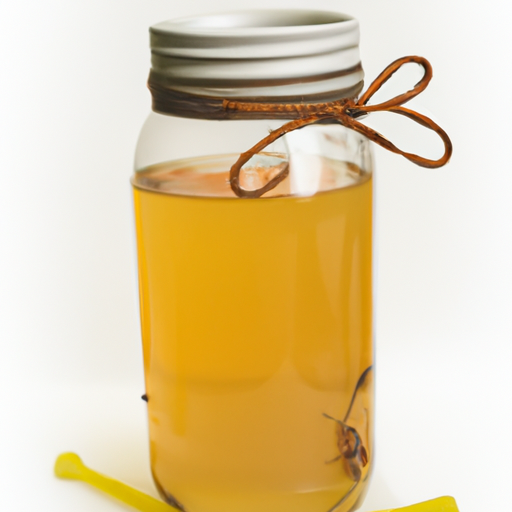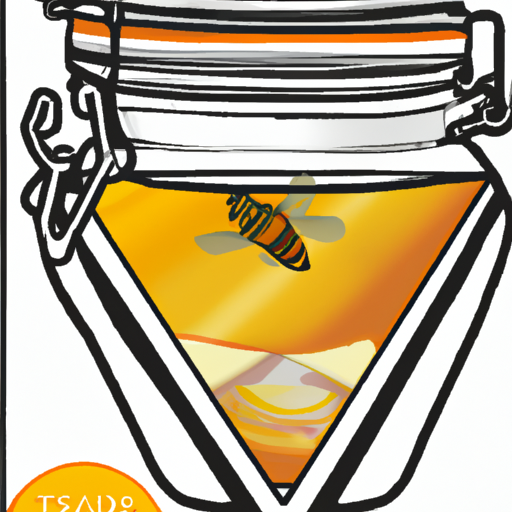Hey there! Are you tired of pesky flies buzzing around your home? Well, have no fear, because in this article, we’re going to discuss some homemade fly traps that actually work!
If you’re looking for effective and affordable ways to get rid of flies, you’re in the right place. We’re going to share some simple DIY fly traps that you can easily make at home using everyday household items. From sticky traps to vinegar traps, we’ve got you covered. So, whether you’re dealing with fruit flies in your kitchen or larger flies in your backyard, stay tuned to learn more about homemade fly traps that work. When dealing with pesky flies buzzing around your home, finding effective solutions can be a priority. Homemade fly traps can be a great alternative to store-bought options, as they are cost-effective, environmentally friendly, and easy to make. In this article, we will explore different types of homemade fly traps, how to make them, and tips for their effectiveness. We will also discuss natural fly repellents and preventive measures to keep flies away.
Types of Homemade Fly Traps
Vinegar Fly Trap
One popular homemade fly trap is the vinegar fly trap. Flies are attracted to the sweet scent of vinegar, making it an effective bait. To create a vinegar fly trap, you will need the following materials:
- A small container (such as a jar or a bottle)
- Apple cider vinegar
- Plastic wrap
- Rubber band or tape
To prepare the vinegar fly trap, follow these steps:
- Gather materials: Ensure you have all the necessary materials on hand.
- Prepare the trap: Fill the container with apple cider vinegar, leaving enough space for flies to enter. Cover the container with plastic wrap and secure it with a rubber band or tape. Poke small holes in the plastic wrap to allow flies to enter.
- Place the trap strategically: Position the vinegar fly trap in areas where flies are commonly found, such as near windows, trash cans, or kitchen counters.
- Dispose of trapped flies: Regularly check the trap and dispose of trapped flies by emptying the container and rinsing it before refilling it with fresh vinegar.
Fruit Fly Trap
Another type of homemade fly trap is the fruit fly trap. Fruit flies are attracted to ripe or rotting fruits, making them a perfect bait for this trap. Here’s how you can create a fruit fly trap:
- Select a container: Choose a jar or a bowl with a narrow opening to prevent flies from escaping.
- Add bait: Place a small amount of ripe or overripe fruit in the container. Bananas, melons, and grapes work well as bait.
- Cover the container: Use plastic wrap to cover the container, securing it with a rubber band or tape. Poke small holes in the plastic wrap to allow fruit flies to enter.
- Empty the trap regularly: Check the trap regularly and empty it once it is filled with fruit flies. Clean the container before refilling it with fresh bait.
Milk and Sugar Fly Trap
If you prefer a different kind of bait, a milk and sugar fly trap can be an effective option. Flies are attracted to the sweetness of sugar and the smell of milk. Follow these steps to create a milk and sugar fly trap:
- Mix milk and sugar: In a small bowl, mix equal parts of milk and sugar until well combined.
- Place the bait: Pour the milk and sugar mixture into a shallow dish or a bowl.
- Cover the container: Use plastic wrap to cover the container, securing it with a rubber band or tape. Create small holes in the plastic wrap for flies to enter.
- Clean and refill the trap: Regularly clean the container and refill it with fresh milk and sugar bait to maintain its effectiveness.
Tips for Effective Fly Traps
While homemade fly traps can be effective, there are some tips you should keep in mind to enhance their performance:
- Use attractive baits: Flies are attracted to different scents, so experiment with different baits such as vinegar, fruits, or sweet mixtures to find what works best.
- Keep traps away from food: Position the fly traps away from areas where food is prepared or consumed to avoid attracting flies to those areas.
- Optimize trap placement: Position the traps near windows, doors, or other areas where flies commonly enter your home. Additionally, place the traps in areas where flies are frequently seen.
- Regularly maintain and clean traps: To ensure the effectiveness of your homemade fly traps, empty them regularly, clean the containers, and replace the bait when needed.

Natural Fly Repellents
In addition to homemade fly traps, you can also use natural fly repellents to keep these pests at bay. Some effective options include:
- Essential oils: Flies dislike certain scents, such as lavender, eucalyptus, or peppermint. Dilute a few drops of these essential oils in water and spray the mixture around your home to repel flies.
- Herbs and plants: Planting herbs like basil, mint, or rosemary near windows or entrance points can naturally deter flies.
- Citrus peels: The strong smell of citrus peels, such as lemon or orange, can repel flies. Place peels in areas where flies gather, such as windowsills or countertops.
Preventing Fly Infestations
While homemade fly traps and natural repellents can help control flies, it’s essential to take preventive measures to keep them from infesting your home. Here are some tips to prevent fly infestations:
- Clean your surroundings: Regularly clean your home, particularly areas prone to spills or food debris, to remove potential food sources for flies.
- Seal entry points: Ensure windows, doors, and other entry points have screens or seals to prevent flies from entering.
- Proper waste management: Dispose of garbage regularly in sealed containers to prevent flies from being attracted to it.
- Hang flypaper or sticky traps: Use flypaper or sticky traps in areas where flies are frequently seen to catch them before they become a problem.

Advantages of Homemade Fly Traps
There are several advantages to using homemade fly traps:
- Cost-effective: Homemade fly traps can be made using common household items, eliminating the need to purchase expensive fly control products.
- Environmentally friendly: Homemade fly traps typically use natural ingredients instead of harsh chemicals, making them safer for the environment.
- Low maintenance: With regular maintenance and proper disposal of trapped flies, homemade fly traps require minimal effort to maintain their effectiveness.
- Safe for pets and children: Since homemade fly traps generally use non-toxic ingredients, they are safer to use around pets and children compared to chemical-based alternatives.
Disadvantages of Homemade Fly Traps
While homemade fly traps can be a viable option, there are a few disadvantages to consider:
- Limited effectiveness: Homemade fly traps may not be as effective as professional extermination methods, especially for heavy infestations.
- Attracting more flies initially: The initial scent of homemade fly traps may attract more flies before trapping them, but this is a temporary inconvenience.
- Need for regular maintenance: To ensure the traps continue to catch flies effectively, regular maintenance, such as cleaning and refilling, is necessary.
- Not suitable for heavy infestations: If you have a severe fly infestation, professional pest control may be required for more effective and long-term results.
Conclusion
In conclusion, homemade fly traps can be an effective and practical solution for controlling fly populations in your home. By using simple household items and natural ingredients, you can create traps that effectively lure and trap flies. Regular maintenance, such as emptying and cleaning the traps, is crucial for their continued effectiveness. Additionally, combining homemade fly traps with preventive measures will help to prevent fly infestations in the first place. So why not give these homemade fly traps a try and enjoy a fly-free environment?




